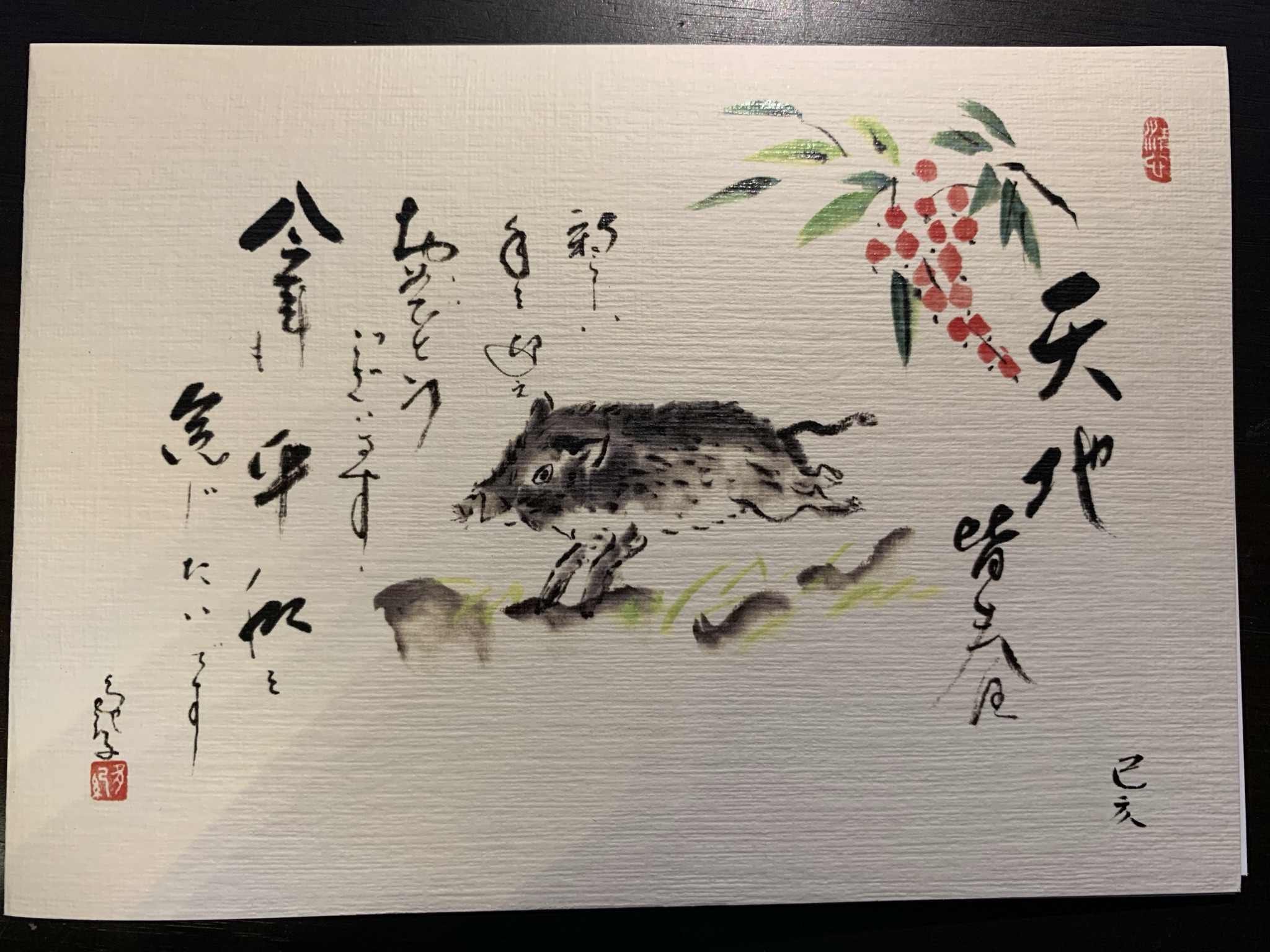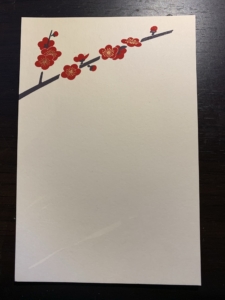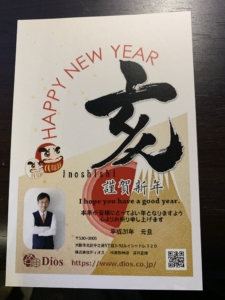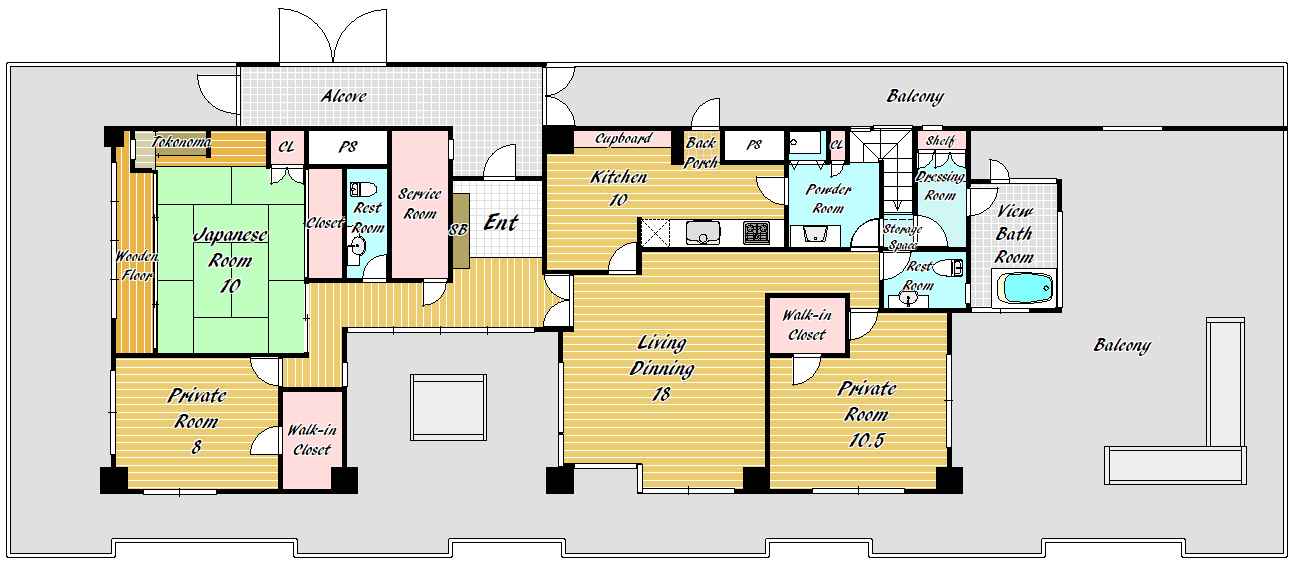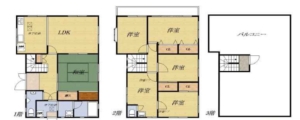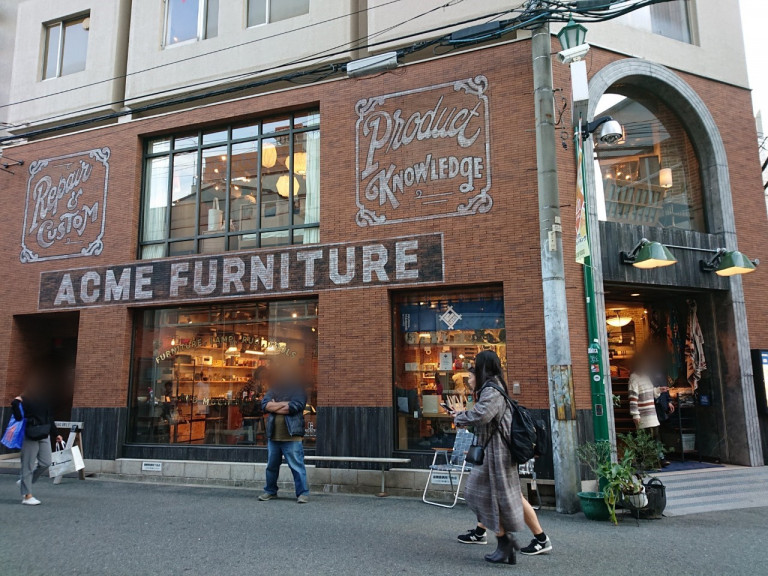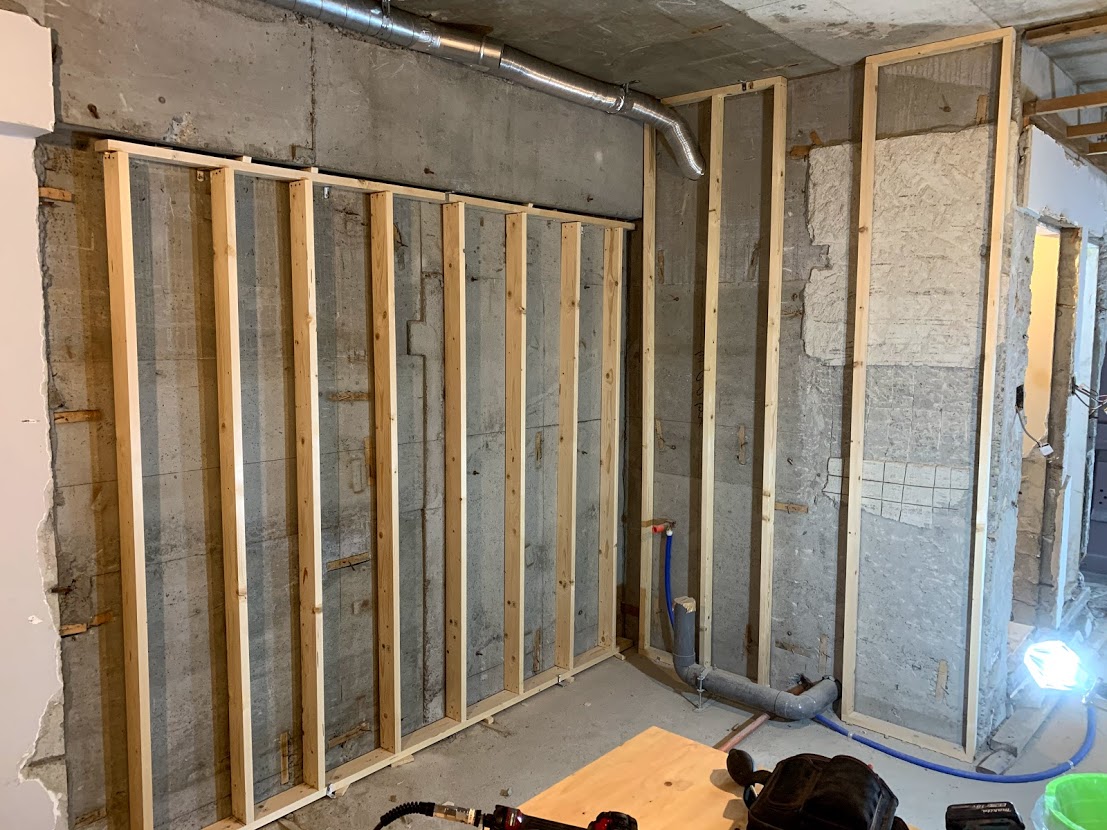
You might think that only a carpenter can make a wall, but you can do it with DIY. If you can DIY and make your own wall, you can save millions yen. What’s more, you can make better walls.
I think the most important point to make a house comfortable is “insulation”. It’s been December and the temperature is getting colder, but it’s very cold in uninsulated concrete houses because the concrete gets colder. It feels colder inside the building than outside it. I think that “insulation” can make a very comfortable house if the insulation is firmly installed inside the wall.
To create a new wall, first set up studs (Mabashira). A plasterboard is pasted on the studs, and a finishing material or cloth is pasted on the plasterboard to create a beautiful wall.
First, you have to screw the wood to the concrete. Use concrete screws. Unlike wood, concrete cannot be fixed with a screwdriver without making a pilot hole. To make a pilot hole in concrete, you can also make a hole with a vibrating drill, but it takes time. Hammer drill is good.
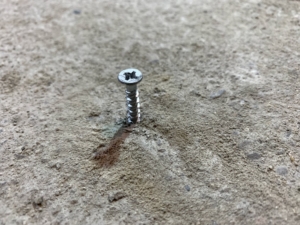
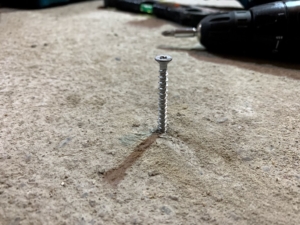
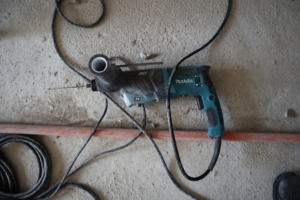
For 5 mm screws, drill a pilot hole of 4.3 mm to 4.5 mm. For screws with a length of 60 mm, make a pilot hole to a depth of 70 mm. The pilot hole is dug 10 mm deeper than the length of the screw.
Secure the floor and ceiling wood base with concrete screws. The base of the ceiling must be a heavy hammer drill pointed at the ceiling while holding the wood. For this work, I first fixed it to the ceiling with a reinforcing metal fitting with a screw, and then drilled a pilot hole with a hammer drill. At the construction site, I think you think of a good method for yourself and adopt it.
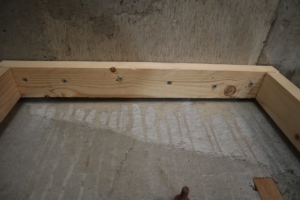
The walls are of course must be vertical and flat. However, straightening the wall requires “Sumidashi”. I found out how to make a wall perfectly flat by using a laser machine. A chalk line is OK. Draw a line with a pencil is also good. But lasers are very useful.

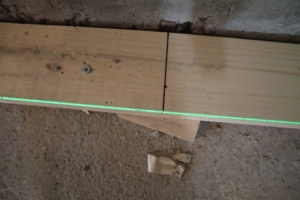
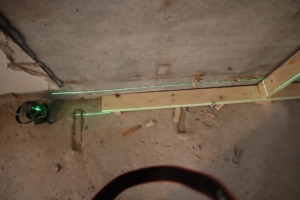
Next time, I will add insulation.

